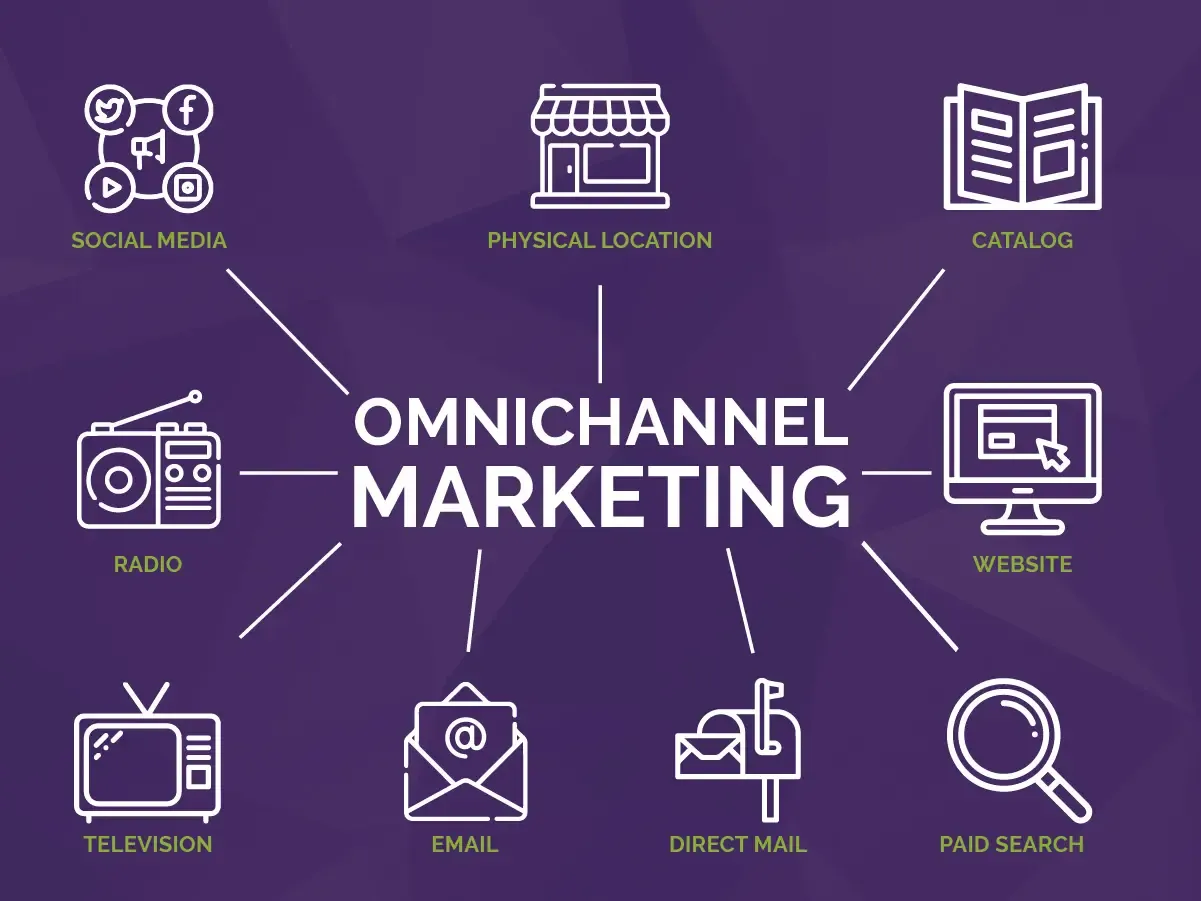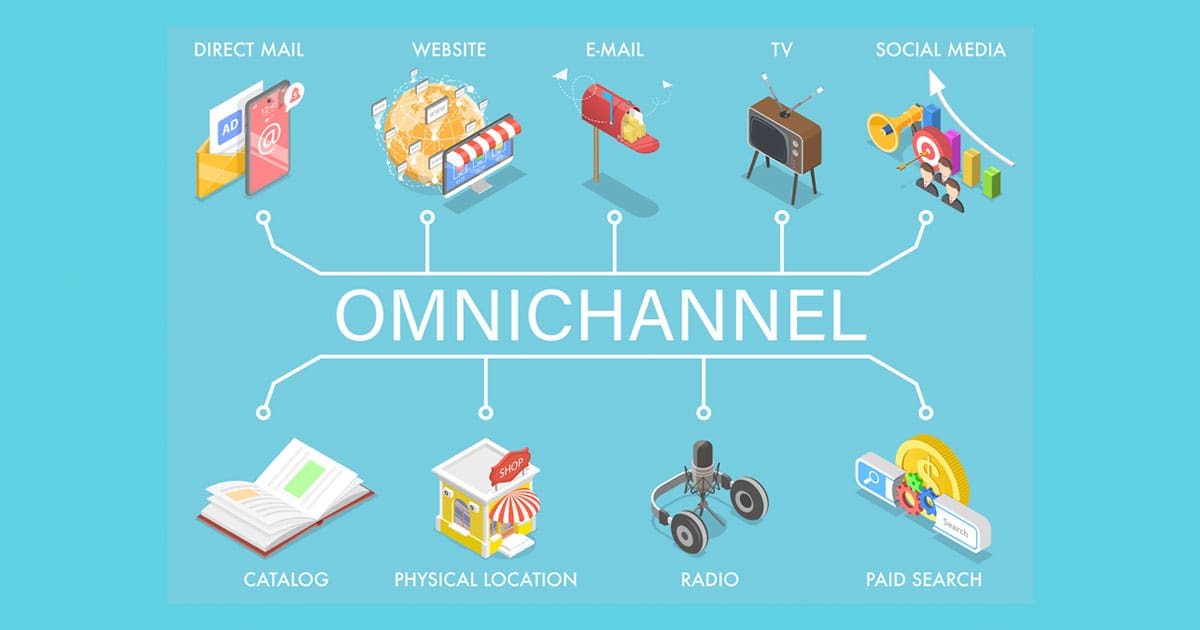Omnichannel Marketing in Vietnam’s Retail Landscape
Vietnam’s retail sector has undergone a dramatic transformation over the past decade. Today, success in this fast-growing market requires more than just a digital presence—it demands an integrated omnichannel marketing strategy. As Vietnamese consumers increasingly shift between online and offline touchpoints, brands that create seamless customer journeys are gaining significant traction.
From social media platforms and e-commerce sites to brick-and-mortar stores and mobile apps, omnichannel marketing ensures that a brand meets its customer wherever they are. In 2025, Vietnamese retailers and global entrants alike are aligning technology, logistics, and communications to deliver a consistent and engaging experience.
Vietnam’s Retail Evolution
Vietnam’s retail market is projected to exceed US$250 billion by 2030, fueled by a rising middle class, urbanization, and widespread smartphone adoption. Consumers today expect fast service, personalized offers, and real-time engagement.
The growth of online marketplaces such as Tiki, Shopee, and Lazada reflects Vietnam’s embrace of digital shopping. However, offline channels remain important, especially in building brand trust and offering tactile experiences.
Omnichannel strategies blend these environments—providing the flexibility Vietnamese shoppers now demand.
Core Elements of Omnichannel Marketing in Vietnam
1. Unified Customer Experience
Successful retailers in Vietnam maintain consistency across channels:
-
Same pricing and promotions online and in-store
-
Real-time inventory tracking between physical shops and digital platforms
-
Centralized customer support via chat, hotline, and social media
Shoppers who see an item in-store can buy it online later—or vice versa. This flexibility increases conversion rates and loyalty.
Retailers collaborating with a bestsourcing agent Vietnam often benefit from integrated logistics systems, enabling real-time updates and smooth customer journeys.
2. Social Commerce Integration
Vietnamese consumers are highly active on social platforms like TikTok, Facebook, Zalo, and Instagram. These channels are more than just marketing tools—they are now full-fledged sales platforms.
Omnichannel strategies increasingly include:
-
Livestream shopping sessions with direct checkouts
-
Chat-to-buy models through Messenger and Zalo
-
Personalized retargeting based on social interactions
These integrations allow retailers to drive both discovery and sales within the same user experience.
3. Click-and-Collect & Hybrid Fulfillment
Customers in Vietnam appreciate having control over how and when they receive products. Brands offering multiple fulfillment options are setting themselves apart:
-
Click-and-collect from local stores
-
Same-day delivery from warehouse or in-store inventory
-
Try-before-you-buy services for fashion and electronics
Hybrid fulfillment models require strong backend coordination. Working with a bestsourcing agent Asia helps brands manage inventory distribution across borders and outlets efficiently.
Benefits of Omnichannel in the Vietnamese Market
1. Improved Customer Retention
Customers who interact with a brand on multiple platforms are more likely to remain loyal. Vietnamese shoppers especially value convenience and recognition across touchpoints.
For example, offering loyalty points that accumulate across both online and offline purchases builds a stronger emotional connection.
2. Higher Average Order Value (AOV)
Brands using omnichannel marketing often see higher basket sizes. When customers are exposed to complementary product suggestions across devices and locations, cross-selling becomes more effective.
3. Resilience During Disruptions
Retailers that operate across multiple channels are more insulated from logistical disruptions. In case of supply chain delays or store closures, online channels can take over with minimal revenue loss.
This has proven vital during uncertain times such as COVID-19 or shipping disruptions.
Key Technologies Powering Omnichannel Retail
-
POS systems integrated with e-commerce platforms
-
Customer data platforms (CDPs) that unify online and offline behavior
-
AI-powered personalization engines for targeted offers
-
Mobile payment integration, including Vietnam’s leading e-wallets
-
QR codes linking store displays to digital catalogs
Implementing these tools requires coordination across sourcing, fulfillment, and sales. Businesses aiming to scale effectively often partner with a reliable bestsourcing agent Vietnam for execution.
Common Challenges in Vietnam’s Omnichannel Shift
Despite rapid growth, several challenges remain:
-
Fragmented data systems across channels
-
Logistical complexity in real-time inventory management
-
Inconsistent service experiences across platforms
-
Limited staff training on cross-channel operations
Retailers must invest in both technology and people. Aligning operations with market realities and customer expectations is critical for success.
This is where collaboration with a bestsourcing agent Asia can make a measurable difference—especially when streamlining supply chains and connecting multiple markets under one strategy.
Examples of Omnichannel Success in Vietnam
1. Thegioididong (Mobile World)
Vietnam’s largest electronics retailer successfully integrated its stores with an online platform, allowing in-store pickup, real-time product availability checks, and loyalty programs synced across devices.
2. Vascara (Fashion & Accessories)
Vascara has created a seamless shopping experience by merging Facebook Live selling, TikTok videos, website purchases, and in-store redemption for promotions.
These brands exemplify how combining digital engagement with offline strength leads to sustainable growth.
Final Thoughts
Vietnam’s retail landscape is not just digitizing—it’s unifying. Omnichannel marketing is no longer a competitive advantage; it’s a necessity. Brands that meet consumers where they are—on mobile, online, and in-store—are winning in both trust and transactions.
The transition is complex, but it doesn’t need to be overwhelming. A bestsourcing agent Vietnam can help brands navigate the country’s evolving retail tech stack and customer expectations.
To expand across Southeast Asia with efficiency, businesses should consult a bestsourcing agent Asia to implement regionally aligned strategies while maintaining a local touch.

